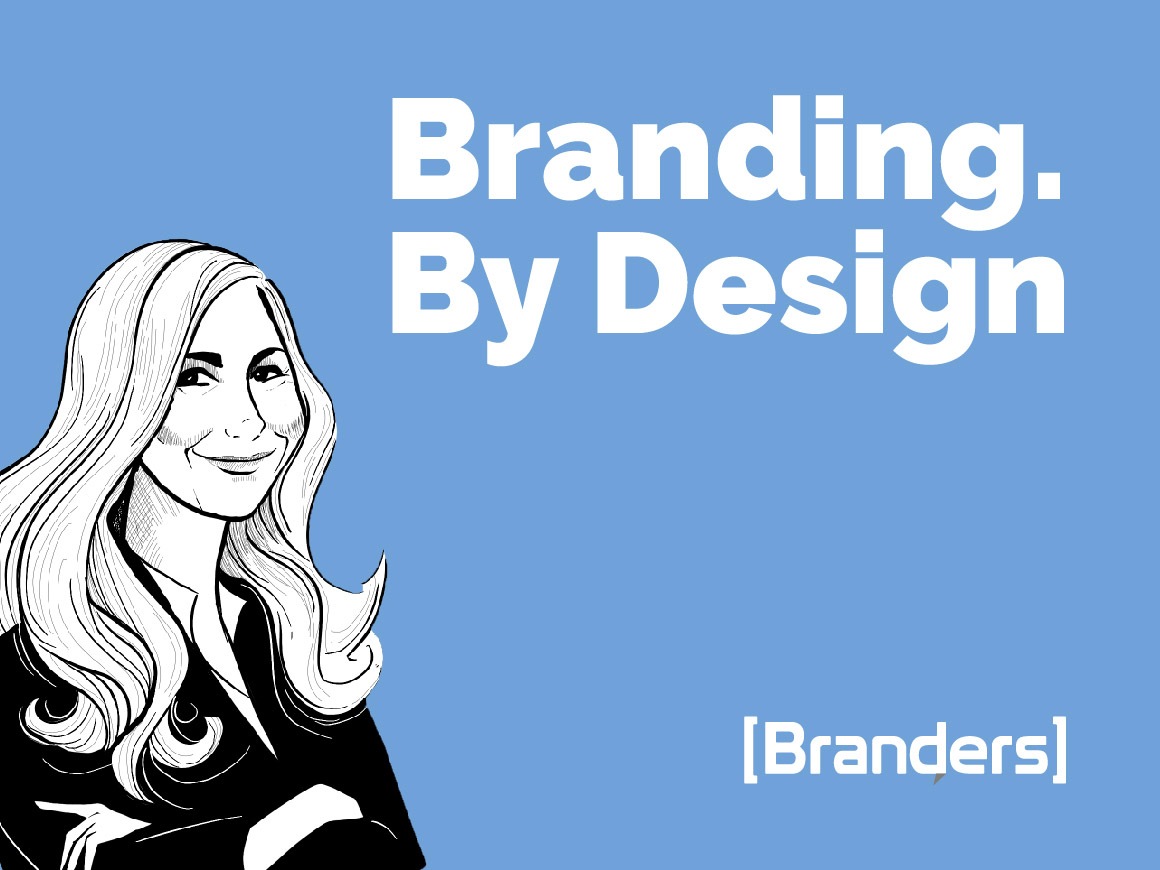AI-generated package designs are without trademark protection and are waiting for the copycat activity of generics.
Today, “Artificial Intelligence” is the buzzword taking the corporate world by storm. Though AI can seem ambiguous, boundless, and ever-changing, the term has struck a universal chord. For some, it incites fear, for others, excitement, and for most of us – a little bit of both.
At its simplest form, AI is defined by TechTarget as “the simulation of human intelligence processes by machines, especially computer systems.” AI has existed for generations, and many of its current incarnations are normal functions of everyday life, from ATM banking to asking Siri what time it is. However, it is the recent acceleration of in-depth original content generated by AI simulators that has garnered global fixation.

So, where can simulated intelligence fit into B2C industries like household items and OTC healthcare, which fulfill tangible and often physical needs? The germinal answers may still be emerging in fields of scientific innovation such as drug discovery. On the marketing front, B2C brand strategists and designers must prepare to incorporate AI brand experiences into their toolkits as a standard practice as well.
While many brand marketers are fearful that AI may be coming for their jobs, as long as they are willing to adapt, they need not worry. Years ago, when the computerization of design replaced the traditional on-paper creative process on which I was brought up, I held onto my colored pencils kicking and screaming. I was one of many designers of the traditional ilk who feared that the computer age would render us obsolete (so much so that I slid over to the strategy side of the business). Though the Macintosh revolution did radically change how designers worked, it did not send them packing. Just as digital design became yet another tool for the designers of yesterday, it is my belief that AI will offer revolutionary solutions to today’s designers.
“AI-generated packaging designs are without trademark protection and are waiting for the copycat activity of generics.”
In the world of branding, I have a reputation for enforcing tough love upon my clients when it comes to the legal protection of their brand elements. In an industry where colors, shapes, symbols, and words are a brand’s most valuable assets, trademarking those items is elemental in protecting against copycats and counterfeits. Thus, it should come as a relief to brand marketers and designers that the U.S. Copyright Office has ruled (twice now) that art created by AI generators cannot be copyrighted. Because of these rulings, AI-generated package designs are without trademark protection and are waiting for the copycat activity of generics.
So, when it comes to branding, AI could indeed function successfully as a helpful tool in the early stages of the creative process, for tasks such as brainstorming, generating mood boards, and demonstrating art directions to brand stakeholders. Much like many other digital innovations before it, AI could also serve to increase the speed and efficiency at which designs are created and creative ideas are communicated.
Just as the digital era galvanized scientists, designers, marketers, and strategists, it is now the era of AI’s transformative power. Witnessing how it revolutionizes workflows across industries and the ingenuity it evokes in humans will be truly exciting in the years to come.
Originally published in Branders Magazine, July 2023
